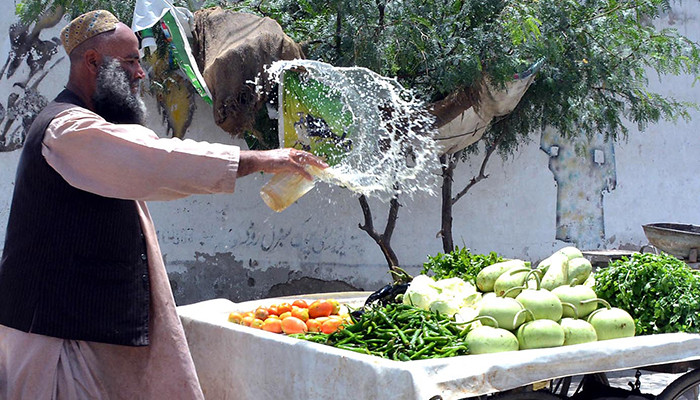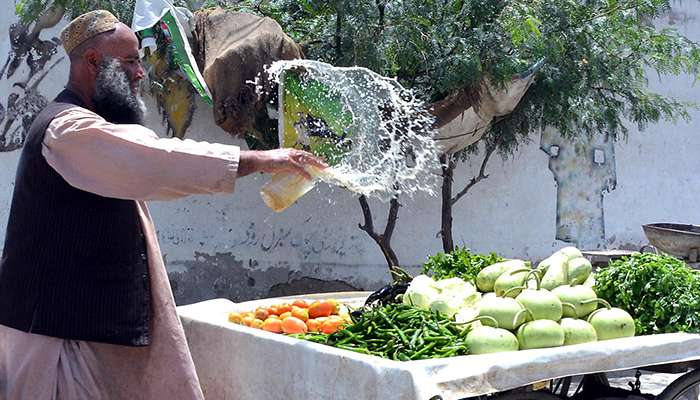January inflation hits highest level since May 1975
Amid supply constraints for food products and a significant surge in the price of petroleum products, Pakistan’s consumer price index (CPI) escalated to a record high in January.
Consumer prices rose 27.6% compared to 13% in the same month of last year, according to data released by the Pakistan Bureau of Statistics (PBS) on Wednesday. This is the highest year-on-year inflation after May 1975 when the median rate clocked in at 27.77%.
On a month-on-month basis, inflation remained elevated, jumping 2.9% as nearly 6,000 containers are stranded in ports, including thousands of tons of poultry feed ingredients that pushed chicken prices to a record earlier this year.
The inflation rate — which has lingered above 20% since June after the coalition government curtailed imports — has been aggravating due to the logjam of containers.
The Wholesale Price Index (WPI), which captures prices in the wholesale market, also rose sharply by 28.53% in January compared to 24% in the same month a year ago.
The PBS reported that the overall inflation rate recorded an increase in both the urban and rural areas. The inflation rate in urban areas surged 24.4% in January and rural areas soared 32.3% over the same month of the last year. In January last year, the inflation rate in urban areas was 13% meanwhile, in rural areas it stood at 12.9%.
Analysts expect the inflation rate to increase further amid the impact of the recent rupee depreciation and increase in the price of petroleum products.
The food inflation rate in villages and cities skyrocketed 45.2% and 39%, respectively, on a yearly basis. In January 2021, food inflation for villages and cities clocked in at 11.8% and 13.3%, respectively.
The non-food inflation rate was recorded at 15.6% in urban areas and 20.9% in rural areas compared to 12.8% and 13.9% in the same month last year.
Core inflation — calculated by excluding food and energy items — rose 15.4% in urban areas and 19.4% in rural areas during the month under review, reported the national data collecting agency.
The latest reading comes a week after the State Bank of Pakistan increased its benchmark rate to 17% — the highest in more than 24 years to help stabilise an economy that’s spiralling deeper into crisis amid supply shortages, sky-high prices and funding crunch.
The food group saw a price increase of 15.17% in January from the same month a year ago. Within the food group, prices of non-perishable food items surged 12.51% on an annualised basis meanwhile the prices of perishable goods edged up by 2.66% year-on-year.
The inflation rate for the housing, water, electricity, gas, and fuel group — having one-fourth weight in the basket — rose by 1.84% (year-on-year) in the last month.
Average prices for the clothing and footwear group increased 1.43% in January. Prices related to transportation surged 2.53% (year-on-year).
On a month-on-month basis, the price of chicken skyrocketed 24.62%, followed by a 16.47% surge in wheat price, 14.16% surge in rice, and nearly 10% in onions, according to the PBS. The prices of fresh fruits, eggs, pulses, and milk fresh recorded an increase within a range of 2-5% in the last month.
The average inflation rate for the first seven months (July – January) of the current fiscal year came in at 25.4%, according to PBS.
For all the latest business News Click Here


